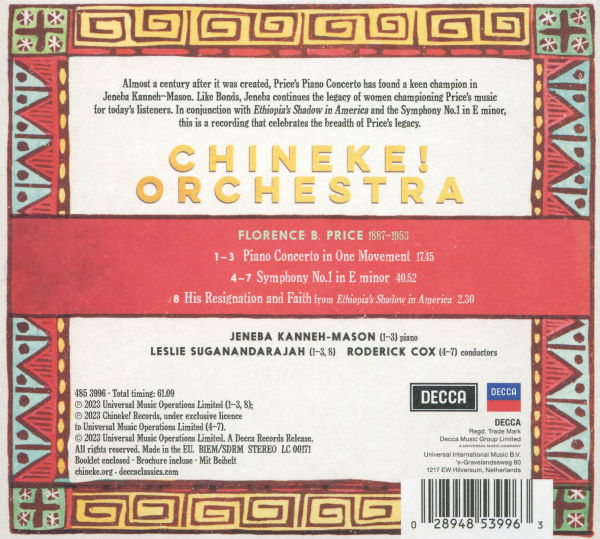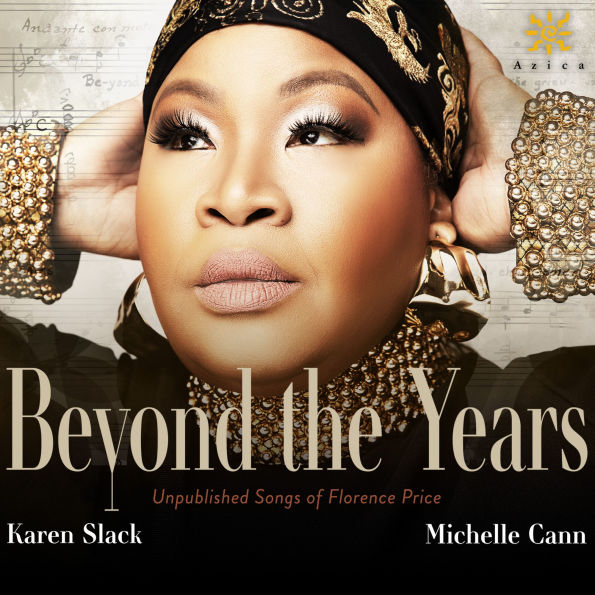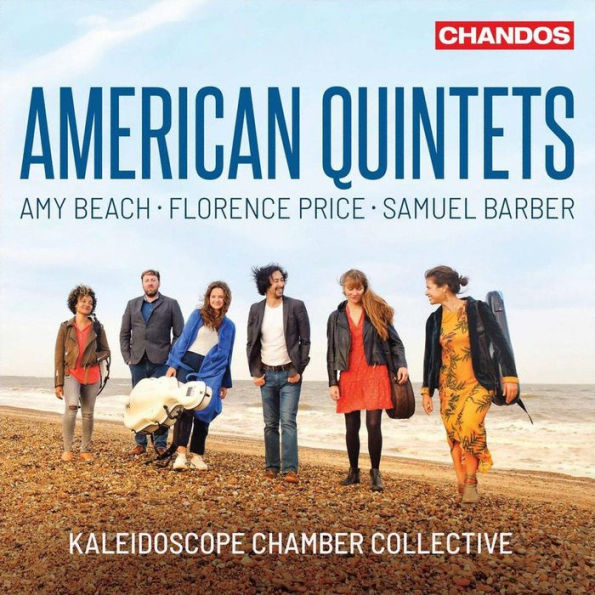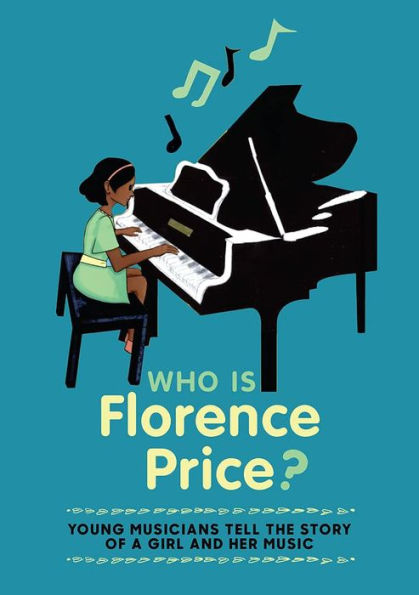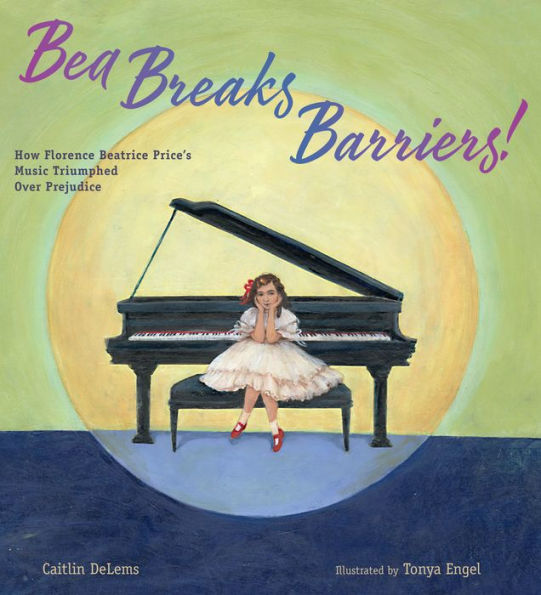Home
Florence Price
Barnes and Noble
Loading Inventory...
Florence Price in Bloomington, MN
Current price: $19.99


Florence Price in Bloomington, MN
Current price: $19.99
Loading Inventory...
Size: OS
Fifteen years in advance of this 2023 release, the name of African-American composer
Florence Price
was known mostly to specialists in the field of African-American music in her native U.S. The discovery of a large cache of her manuscripts in 2009, which included the
Piano Concerto in One Movement
heard here, helped her reputation along, but of most importance has been the warmth and accessibility of her music, which approaches the fusion of European and African American elements in consistently fresh ways. The final section of the
and the third "Juba" movement of the
Symphony No. 1
lay on the syncopation, but that is not the only arrow in
Price
's quiver. Consider the concerto's second part (although titled "
Concerto in One Movement
," it has three distinct sections, marked by short pauses), which doesn't quote anything but has an indefinable air of African American song. Pianist
Jeneba Kanneh-Mason
catches this and brings out how
is often at her best when she is most subtle. Anyone who has attended some student recitals in the U.S. knows how young musicians have taken to
's music, and it seems to fit
Kanneh-Mason
's personality nicely; there is a spontaneous, enthusiastic quality to her playing, and she is confident in the technically difficult,
Rachmaninov
-influenced music of the concerto's first movement. The
Chineke! Orchestra
lacks a certain snap in the really syncopated sections of the
, but on balance, this is a recording likely to contribute to
's growing international popularity; various factors cohere to make it a satisfying listen. ~ James Manheim
Florence Price
was known mostly to specialists in the field of African-American music in her native U.S. The discovery of a large cache of her manuscripts in 2009, which included the
Piano Concerto in One Movement
heard here, helped her reputation along, but of most importance has been the warmth and accessibility of her music, which approaches the fusion of European and African American elements in consistently fresh ways. The final section of the
and the third "Juba" movement of the
Symphony No. 1
lay on the syncopation, but that is not the only arrow in
Price
's quiver. Consider the concerto's second part (although titled "
Concerto in One Movement
," it has three distinct sections, marked by short pauses), which doesn't quote anything but has an indefinable air of African American song. Pianist
Jeneba Kanneh-Mason
catches this and brings out how
is often at her best when she is most subtle. Anyone who has attended some student recitals in the U.S. knows how young musicians have taken to
's music, and it seems to fit
Kanneh-Mason
's personality nicely; there is a spontaneous, enthusiastic quality to her playing, and she is confident in the technically difficult,
Rachmaninov
-influenced music of the concerto's first movement. The
Chineke! Orchestra
lacks a certain snap in the really syncopated sections of the
, but on balance, this is a recording likely to contribute to
's growing international popularity; various factors cohere to make it a satisfying listen. ~ James Manheim
Fifteen years in advance of this 2023 release, the name of African-American composer
Florence Price
was known mostly to specialists in the field of African-American music in her native U.S. The discovery of a large cache of her manuscripts in 2009, which included the
Piano Concerto in One Movement
heard here, helped her reputation along, but of most importance has been the warmth and accessibility of her music, which approaches the fusion of European and African American elements in consistently fresh ways. The final section of the
and the third "Juba" movement of the
Symphony No. 1
lay on the syncopation, but that is not the only arrow in
Price
's quiver. Consider the concerto's second part (although titled "
Concerto in One Movement
," it has three distinct sections, marked by short pauses), which doesn't quote anything but has an indefinable air of African American song. Pianist
Jeneba Kanneh-Mason
catches this and brings out how
is often at her best when she is most subtle. Anyone who has attended some student recitals in the U.S. knows how young musicians have taken to
's music, and it seems to fit
Kanneh-Mason
's personality nicely; there is a spontaneous, enthusiastic quality to her playing, and she is confident in the technically difficult,
Rachmaninov
-influenced music of the concerto's first movement. The
Chineke! Orchestra
lacks a certain snap in the really syncopated sections of the
, but on balance, this is a recording likely to contribute to
's growing international popularity; various factors cohere to make it a satisfying listen. ~ James Manheim
Florence Price
was known mostly to specialists in the field of African-American music in her native U.S. The discovery of a large cache of her manuscripts in 2009, which included the
Piano Concerto in One Movement
heard here, helped her reputation along, but of most importance has been the warmth and accessibility of her music, which approaches the fusion of European and African American elements in consistently fresh ways. The final section of the
and the third "Juba" movement of the
Symphony No. 1
lay on the syncopation, but that is not the only arrow in
Price
's quiver. Consider the concerto's second part (although titled "
Concerto in One Movement
," it has three distinct sections, marked by short pauses), which doesn't quote anything but has an indefinable air of African American song. Pianist
Jeneba Kanneh-Mason
catches this and brings out how
is often at her best when she is most subtle. Anyone who has attended some student recitals in the U.S. knows how young musicians have taken to
's music, and it seems to fit
Kanneh-Mason
's personality nicely; there is a spontaneous, enthusiastic quality to her playing, and she is confident in the technically difficult,
Rachmaninov
-influenced music of the concerto's first movement. The
Chineke! Orchestra
lacks a certain snap in the really syncopated sections of the
, but on balance, this is a recording likely to contribute to
's growing international popularity; various factors cohere to make it a satisfying listen. ~ James Manheim
